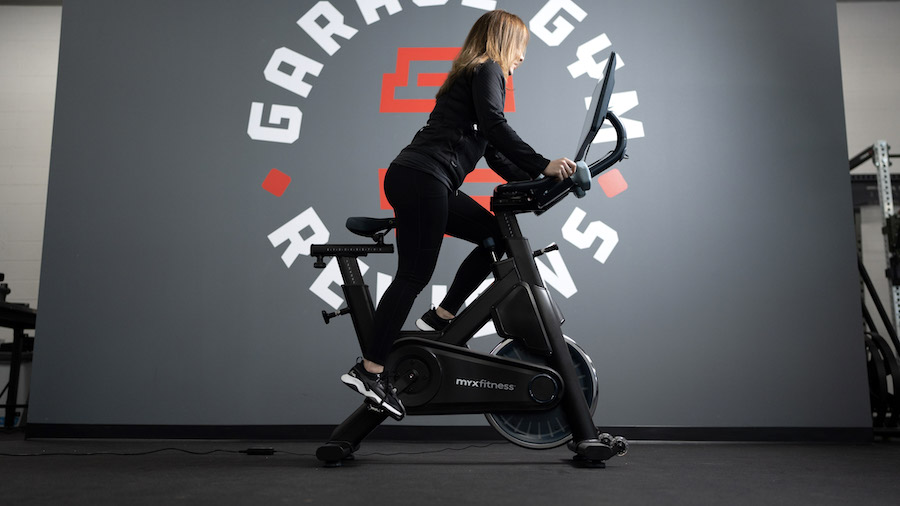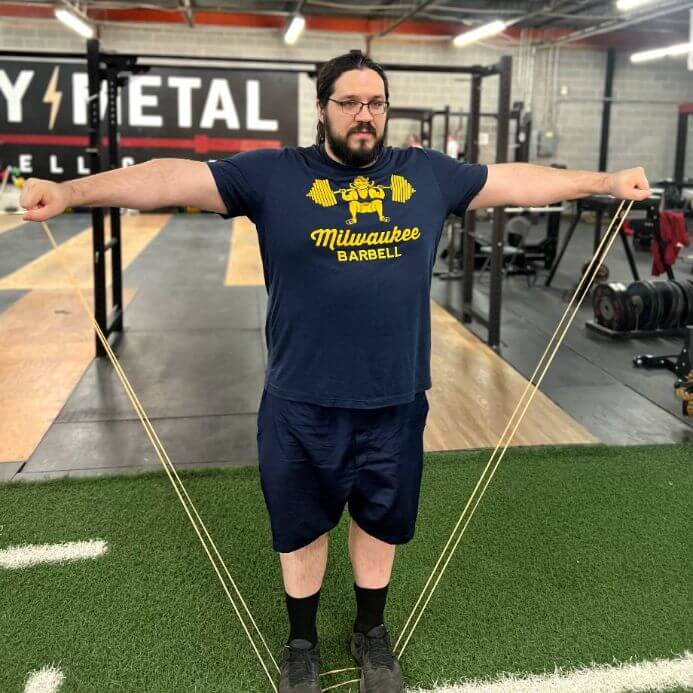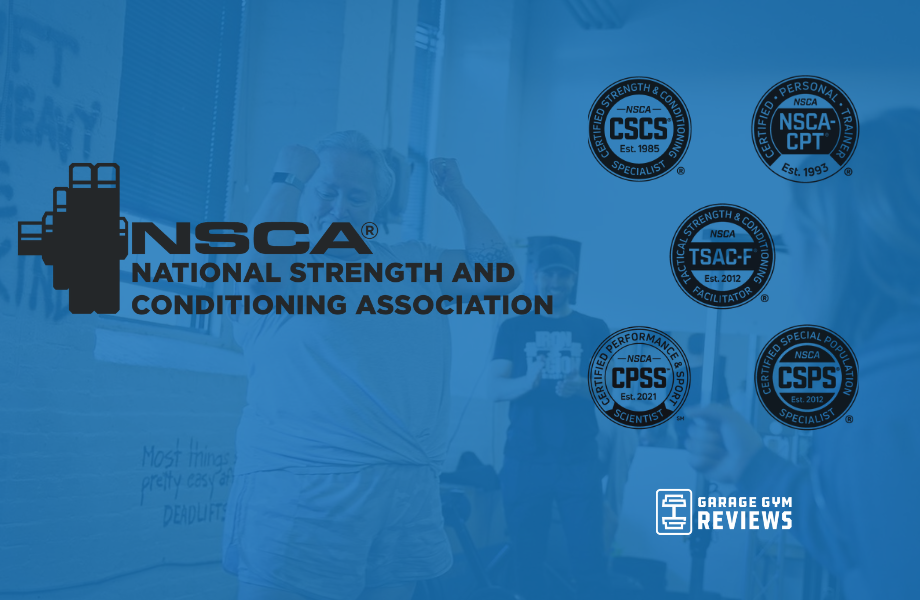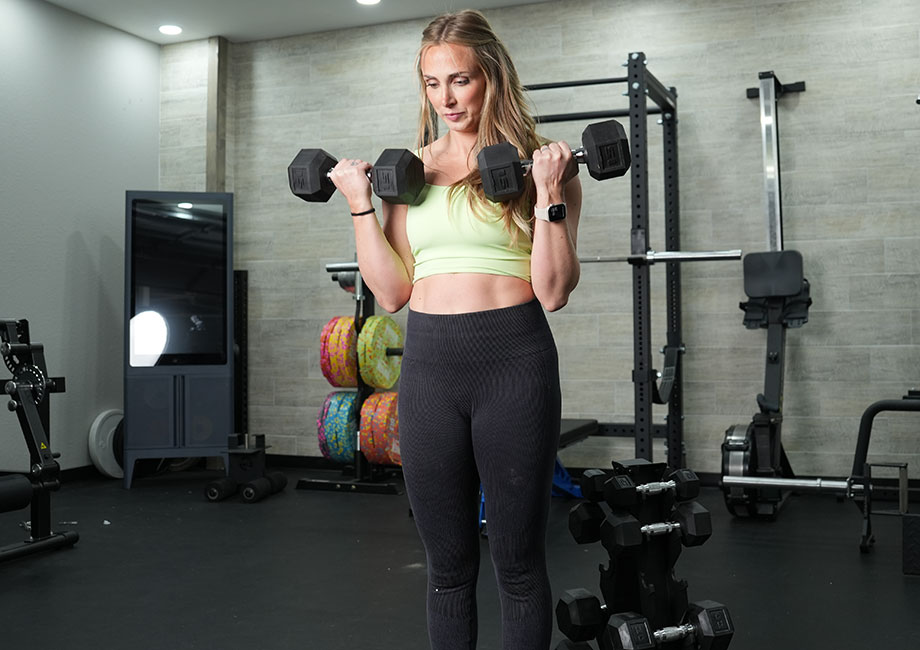To enjoy the benefits of an indoor cycling class a few years ago, you had to take yourself down to said indoor cycling studio and ride along in a room full of fellow attendees. Ahh, those were the good ole days, weren’t they?
Now, with the explosion of the Peloton Bike and others like it, you can enjoy a cardio workout in the comfort of your own home and on your own time.
Indoor cycling and other forms of cardio, when done consistently, are great at reducing your risk of serious disease, and improving your cardiovascular health and fitness level. All you have to do is breathe heavily and sweat for an hour or two a week. That’s not too much to ask, is it? Indoor cycling is effective at burning calories and improving your chances of getting rid of that stubborn fat, too.
But the benefits of indoor cycling are so much more than body composition. Below, we’ll detail more of the physical and mental benefits of cycling indoor, the difference between indoor and outdoor cycling, safety tips, and indoor cycling dos and don’ts.
Physical Benefits of Indoor Cycling
Indoor cycling on a stationary bike is so much more than burning calories. It strengthens the most important muscle in your body—the heart. Here are several other important health stationary bike benefits.
Reduced Blood Pressure
A stronger heart from regular aerobic exercise will pump more blood with less effort and due to this, the force on your arteries decreases, lowering your blood pressure.
Reduced Heart Disease Risk
Improved cardiovascular fitness can help reduce bad LDL cholesterol, which can clog your arteries, and raises your good HDL cholesterol. Both of these factors will reduce your heart disease risk.
Better Posture
When you’re on a stationary bike that’s properly adjusted for you, you’re encouraged to keep your back neutral, avoiding any rounding of the upper and lower back. Doing so means you’ll pedal inefficiently and lose power. Leaning forward with a neutral spine strengthens the lower back muscles and puts the glutes in a better position, both of which are important for posture.
Helps Burn Calories
For every liter of oxygen you breathe in, you burn approximately 5 calories. So when you’re in the middle of an indoor cycling workout—breathing in and out heavily with your heart rate in the aerobic/anaerobic zone—you’ll be burning far more calories than at rest.
Plus, when you do a HIIT bike workout on an exercise bike, you’ll increase the demand for oxygen after you’ve finished your workout—this is known as excess post-exercise oxygen consumption, or EPOC. EPOC is the amount of oxygen required to restore your body to a resting state, and it requires that your body continues to burn calories for hours after your workout to achieve its goal.
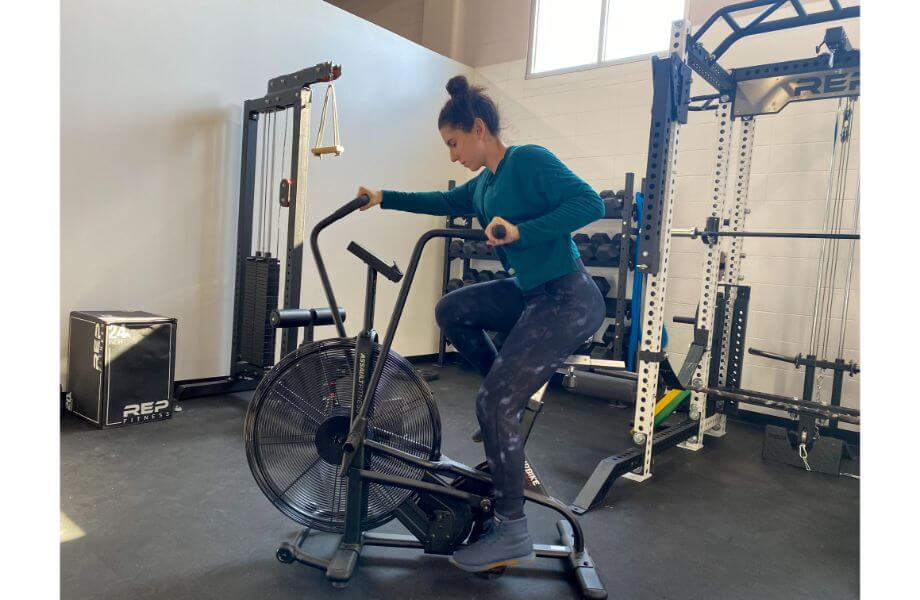
Easy on Your Joints
Regardless of what bike you use, whether it’s an upright or recumbent bike, indoor cycling is low-impact compared to running outside or on a treadmill. If your knees or ankles are angry at you, cycling is a great way to maintain or improve cardiovascular fitness with decreased pain.
Strengthens Your Core
To maintain a neutral spine and for your legs to pedal while leaning forward, your anterior core (rectus abdominis, obliques) and posterior core (lower back) are engaged isometrically. Indoor cycling does strengthen core endurance, but this is not a substitute for more targeted core exercises, like planks.
Better coordination
Staying upright on the bike whether indoor or outdoor leads to improved arm-to-leg, feet-to-hands, and body-to-eye coordination. Plus, many classes found on Peloton and other cycling platforms are choreographed by a personal trainer, and this type of riding will improve your coordination abilities between muscle groups when you’re riding to a beat.
Mental Benefits of Cycling Indoor
When it comes to the benefits of indoor cycling, many stats center around the physical. However, the mind and the body are interconnected, and the mental health benefits of indoor cycling shouldn’t be downplayed. Here are two important mental benefits of indoor cycling.
Better mood
A recent meta analysis of more than 1,000 studies has shown that a combination of cardio and strength training done several times per week can help decrease depression and anxiety. Cardio exercise increases blood circulation, including to the brain, as well as releases endorphins, the body’s feel-good hormone—both of these factors have been proposed to contribute to improvements in mood.
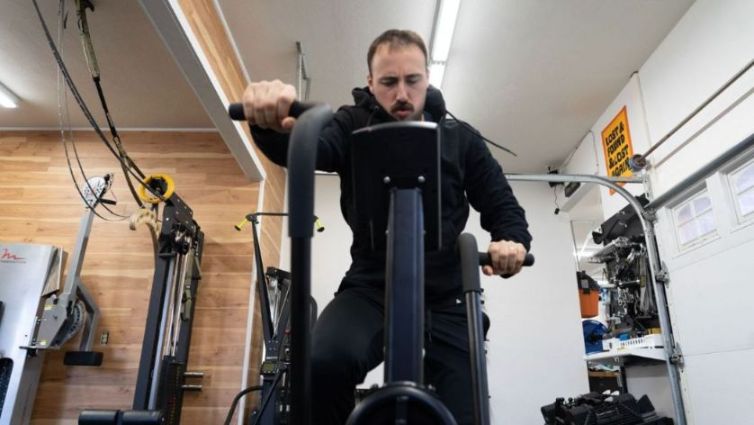
Better mental fortitude
AKA mental toughness. The ability to endure physical discomfort that comes from high-intensity indoor cycling can help to improve your emotional strength in facing difficulty and adversity in situations you find yourself in daily.
What’s the difference between indoor and outdoor cycling?
Let’s get the obvious over with: During an indoor cycling session you’re stationary inside your house (or a studio), and during an outdoor cycling session, you’re on the move outside.
The indoor cyclist may be able to go faster and longer because he or she isn’t subject to environmental and physical factors, like weather or uneven terrain. You’ll also have complete control over your workout during a stationary cycling session, adjusting the resistance and speed as you’d like. The same isn’t true for outdoor cycling, where you’re at the mercy of the road (or path or hill) before you.
In both indoor and outdoor cycling you’ll recruit your hamstrings, quads, and core; but, if you’re riding on uneven terrain outside, your arms and core will work in overdrive. You can also replicate this with an indoor cycling bike like the Bowflex Velocore, which leans from side to side to mimic riding through hills.
If you like being outdoors and you’re stuck inside cycling, then you probably won’t enjoy it. If you don’t like the risk of falling or being subject to environmental factors, or if you’re a beginner and just want to be active, then indoor cycling may be a better choice. It really comes down to your personal fitness goals.
Indoor Cycling Safety Tips
First thing’s first when considering adding an indoor bicycle to your home gym— do your research! How much space do you have? Can you adjust everything to your liking? Is the seat comfortable or do you need to switch it out? All of these factors need to be considered.
Then, consider your setup. Place the indoor bike in an area with plenty of space to make it easy to get on and off the bike. Make sure the ground is level, so the bike makes perfect contact. Being in an area with good ventilation or near a power point to plug in a fan is important to help with your body temperature and sweat evaporation, too.
Hydration is also important. Having a little water before you begin your session, and having a fluid handy when you’re riding is no-brainer, because dehydration will reduce your performance and will put your health at risk.
Finally, it helps to read the manual before your first ride because each exercise bike has something different from the other. If something does go wrong, it may go really wrong, so it’s better to be safe than sorry.
Cycling Do’s and Don’ts
Seems pretty simple right? You get on the bike and pedal. But, there are some simple do’s and don’ts to get the best out of your training.
Do: Warmup
Warming up before any workout is needed to get your blood pumping and your muscles primed to help reduce your risk of injury.
Don’t: Ride Without Resistance
When you’re cycling, you need to be in control of your bike and not the other way around. In riding without resistance you risk the control of your bike and increase your risk of injury. Always start with light to medium resistance to keep your muscles engaged.
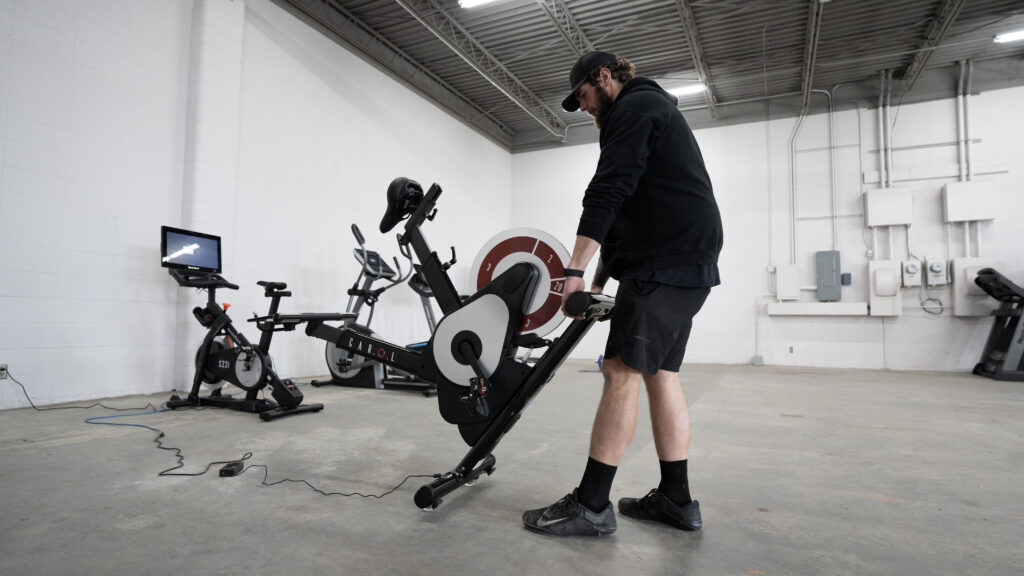
Do: Set Up Properly
Getting the bike set up before you start will make all the difference with your comfort level and your pedaling efficiency. Make sure the seat and handlebars are adjusted properly based on your height, and ensure that you know how to use the resistance mechanism.
Don’t: Rely on the Handlebars
Relying too heavily on the handlebars may put your upper body out of position and affect your form. They are there for your balance—nothing more, nothing less. Instead, engage your core, keep the grip light, and relax your elbows and wrists.
Benefits of Indoor Cycling FAQs
Can you lose weight with indoor cycling?
Weight loss is all about being in a caloric deficit while retaining muscle mass and reducing stress. When all of your ducks are in a row, and depending on your intensity, indoor cycling will help you burn calories before and after your workout. That being said, it’s only part of the equation.
How long should you cycle indoors per day?
This is dependent upon the workout’s intensity. If you’re performing Tabata intervals, then four minutes two to three times a week is enough. If you’re performing steady-state cardio, then anywhere from 15 to 60 minutes per day is a good starting point. It always pays to mix up your intensity and time to avoid boredom and overuse injuries.
Is cycling good for belly fat?
It can be, but it’s only part of the solution. Indoor cycling in combination with a calorie-controlled diet and resistance training to maintain muscle while dieting will help you reduce body fat over time. Mixing between aerobic (15-60 minutes) and high-intensity (4-20 minutes) training will prevent boredom, aid in recovery, and keep you focused.
Is cycling better than the treadmill?
The benefits of exercise on a treadmill vs an exercise bike in terms of fitness and aerobic improvement are minor.


